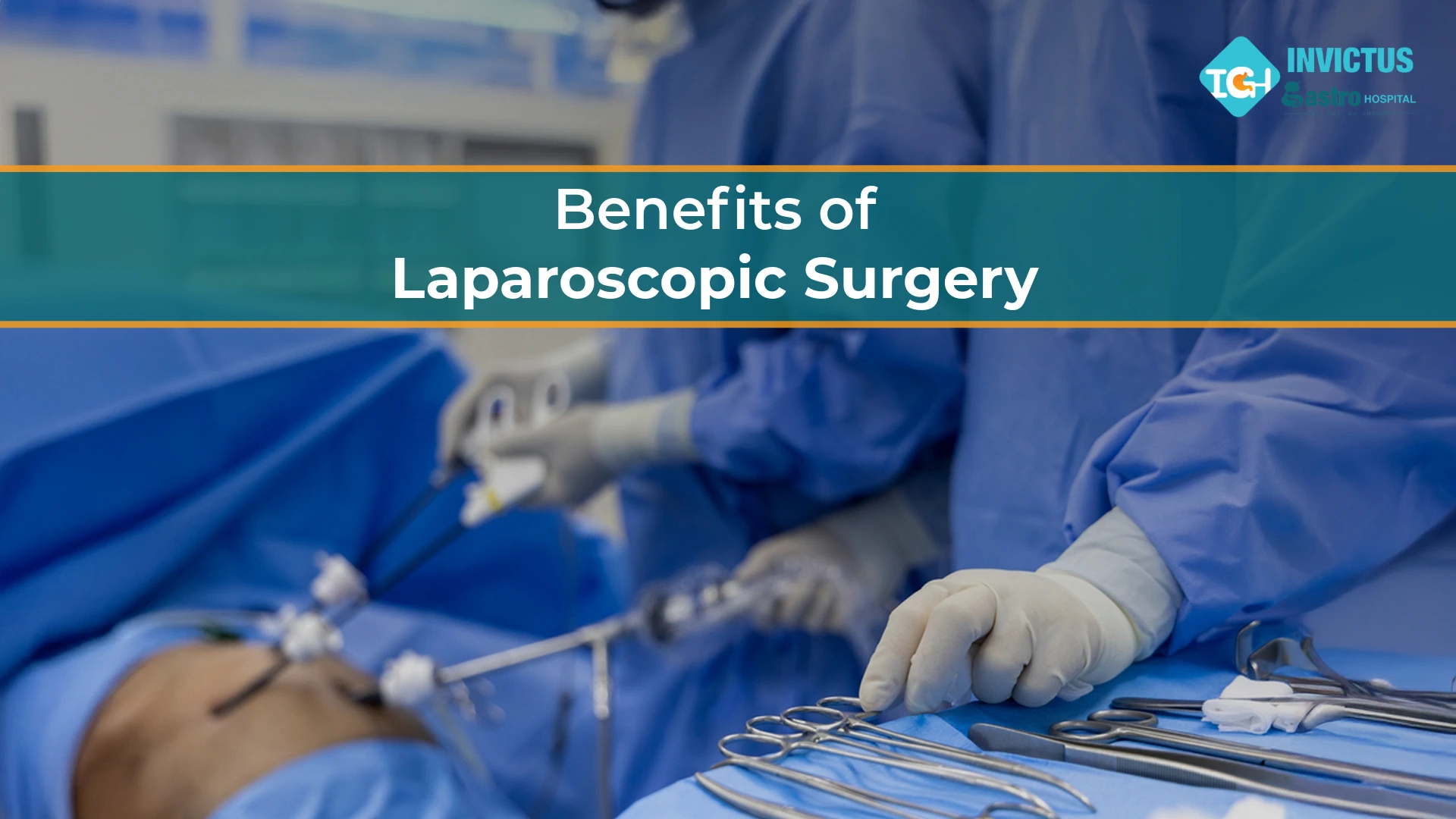
-
Posted By Dr. Ishan Shah
-
-
Comments 0
Laparoscopic surgery, often called minimally invasive surgery, has completely transformed modern surgical practices. This advanced approach significantly differs from traditional open procedures. Instead of a single, large incision, surgeons make several small incisions.
Through these, they insert specialized instruments and a camera to access and visualize the surgical site. This innovative method has numerous advantages over traditional surgical techniques.
Patients undergoing minimally invasive procedures typically recover faster, experience significantly fewer post-operative complications, and feel considerably less discomfort. These advantages lead to better patient outcomes and a quicker return to daily activities.
What's Laparoscopic Surgery?
Laparoscopic surgery, often known as minimally invasive surgery, is a new method of performing procedures. Instead of making one big cut, surgeons use several tiny cuts and special tools. This method helps with many different health issues.
During this type of surgery, your doctor makes small cuts, usually around half an inch to an inch long, in your belly. They then insert a thin tube called a laparoscope. This tube has a light and a camera, letting the surgeon see your insides on a screen. To create space for them to work, they gently inflate your belly with carbon dioxide gas.
Through other small cuts, the surgeon inserts various instruments like grabbers or scissors. They control these tools from outside your body, watching their movements on the screen to complete the surgery. This approach means less pain, shorter hospital stays, and quicker recovery compared to older surgical methods.
Types of Laparoscopy
Laparoscopic surgery, a versatile and minimally invasive technique, handles a broad spectrum of medical conditions. Its applications span various organ systems, making it a preferred approach for numerous procedures.
Common Laparoscopic Procedures
Surgeons frequently use laparoscopy for:
- Organ Removal: This includes procedures like appendectomy, gallbladder removal (cholecystectomy), kidney removal (nephrectomy), spleen removal (splenectomy), adrenal gland removal, bladder removal, prostate removal (prostatectomy), and even partial or complete stomach removal.
- Mass and Growth Management: Laparoscopy is effective for removing cysts, fibroids, stones, and polyps. It also plays a crucial role in excising small tumors and managing various cancers.
- Digestive and Gastrointestinal Surgeries: This category includes complex procedures such as gastric bypass surgery, hernia repair, rectal prolapse repair, and the removal of parts of the bowel or rectum.
- Gynecological Procedures: Laparoscopy is invaluable for treating ectopic pregnancies, performing endometriosis surgery, and for both tubal ligation and its reversal.
- Other Specialized Surgeries: The technique extends to esophageal surgery, testicle correction surgery, and urethral and vaginal reconstruction surgery.
Laparoscopy as a Diagnostic Tool
Beyond its surgical applications, doctors also leverage laparoscopic surgery for diagnostic purposes. When imaging tests like CT scans, MRIs, or ultrasounds don’t provide clear answers, laparoscopy offers a direct visual examination.
This allows surgeons to thoroughly inspect an area of concern, helping them pinpoint the cause of abdominal or pelvic pain and obtain accurate diagnoses.
Key Benefits of Laparoscopic Surgery
Laparoscopic surgery offers significant advantages over traditional open procedures, leading to improved patient experiences and outcomes. This minimally invasive approach means a quicker and more comfortable recovery for patients.
Here are the primary benefits of choosing laparoscopic surgery:
- Reduced Internal Trauma: Surgeons create only small incisions, which means less disruption and damage to your internal tissues and organs.
- Minimal Blood Loss: This technique significantly lowers the amount of blood lost during the procedure, also reducing the risk of a hemorrhage.
- Smaller Scars: Because the incisions are so tiny, patients are left with much smaller and less noticeable scars.
- Lower Infection Risk: Fewer and smaller incisions mean a decreased chance of post-operative infections.
- Shorter Hospital Stays: Patients often go home sooner, allowing them to recover in the comfort of their own environment. This also contributes to lower overall medical costs.
- Faster Return to Daily Life: A quicker recovery means you can get back to your normal activities and routines much sooner.
- Less Post-Operative Pain: Patients typically experience less discomfort during the healing process, which often reduces their need for strong pain medications.
Conclusion
Considering these significant benefits, choosing a skilled and experienced surgeon for your laparoscopic procedure is paramount. In Ahmedabad, Dr. Ishan Shah stands out as a leading expert in minimally invasive surgery.
With a proven record of effective laparoscopic procedures and a patient-centered approach, Dr. Ishan Shah consistently delivers exceptional care. His commitment to utilizing advanced techniques ensures you benefit from reduced trauma, faster recovery, and a more comfortable healing journey.
To choose the best laparoscopic surgeon in Ahmedabad, Dr. Ishan Shah offers the expertise and compassionate care you deserve for optimal surgical outcomes and a swift return to your healthy, active life.
Recent Comments
No comments to show.


